
This ethereal creation is not only a feast for the eyes but also a delicious way to elevate the humble egg.

By cooking at a lower heat over a longer period, these methods retain more of the vitamins, minerals, and antioxidants that are essential for a healthy diet.
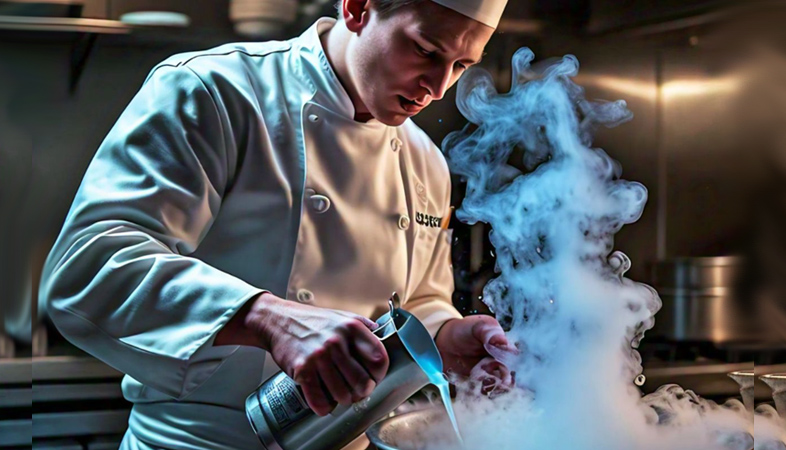
This article explores how liquid nitrogen is reshaping the culinary landscape and enhancing dining experiences.
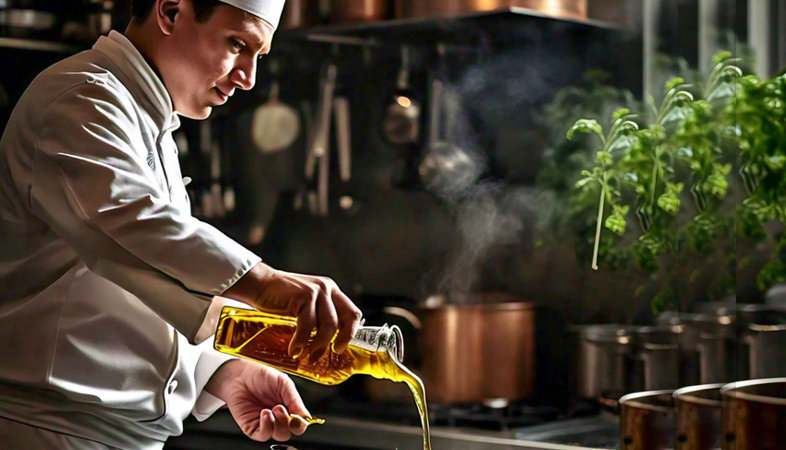
This technique transforms everyday oils into flavorful elixirs that can enhance a wide variety of dishes, showcasing the beauty of fresh produce and herbs.
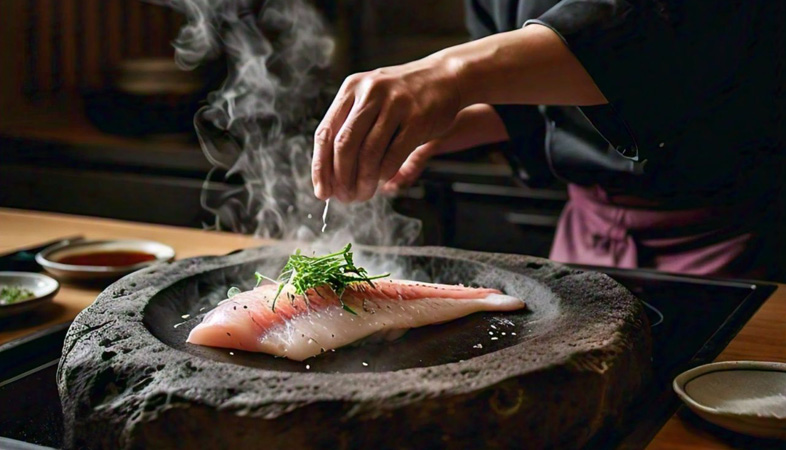
The appeal of hot stone cooking lies in its simplicity and the distinctive textures and flavors it imparts to dishes.
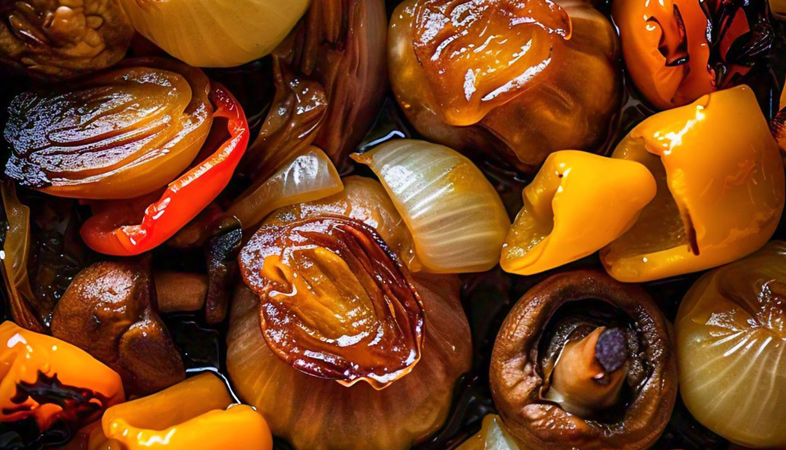
Vegetables, when subjected to the same principles of heat and time, can develop complex flavors that elevate both their taste and texture.

The art of infusing oils allows cooks to extract and preserve the essence of fresh ingredients, creating versatile additions to dressings, marinades, and more.

Despite these challenges, freeze-drying at home offers an exciting and effective way to preserve food.

By understanding the principles of flash frying and its benefits, you can enjoy your favorite crispy dishes with less guilt.
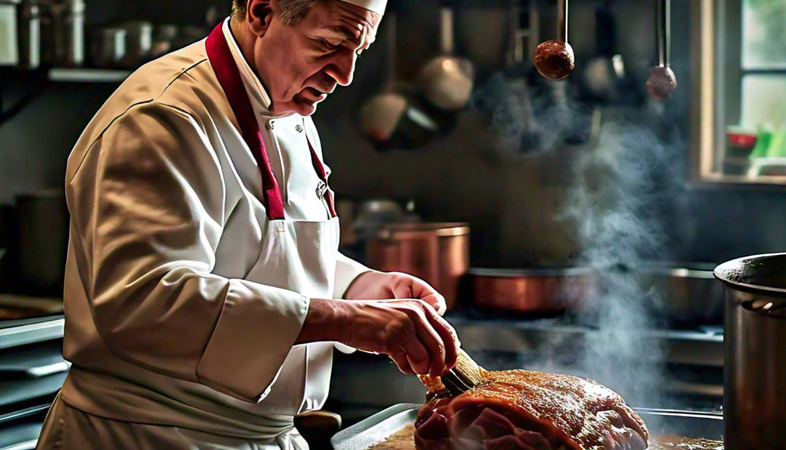
Let’s break down each technique and explore how they compare in flavor, texture, and ease of use.
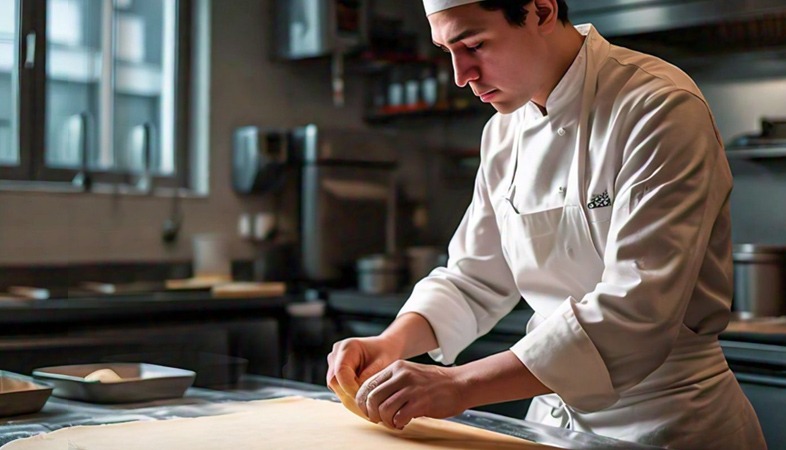
While mastering lamination can be challenging, it’s essential for any baker looking to achieve the perfect croissant or Danish pastry.
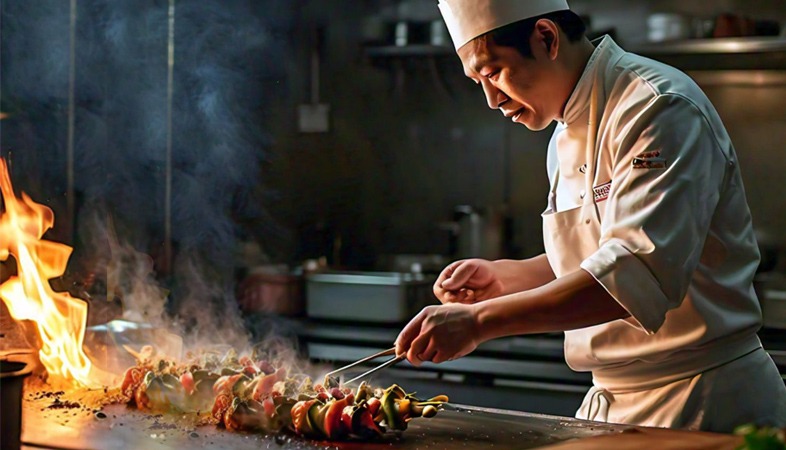
This guide explores how to make the most of each season’s bounty by using roasting techniques that bring out the best in every ingredient.
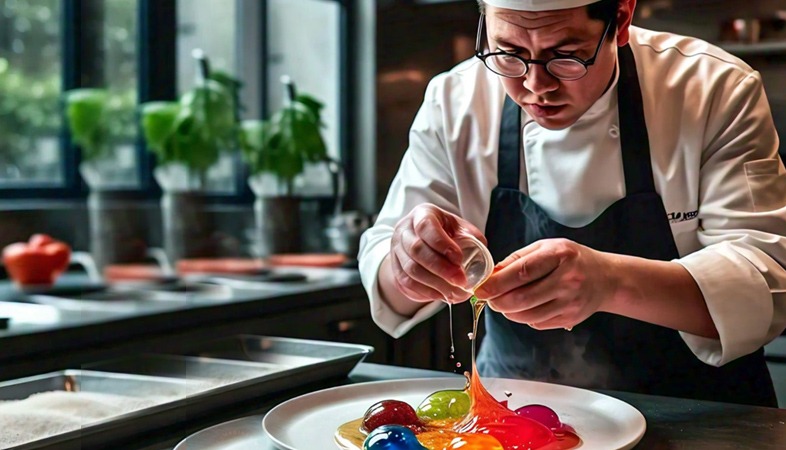
This technique is a staple in molecular gastronomy, allowing chefs to create innovative textures and presentations that elevate dining experiences.